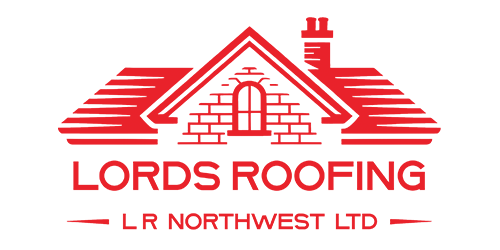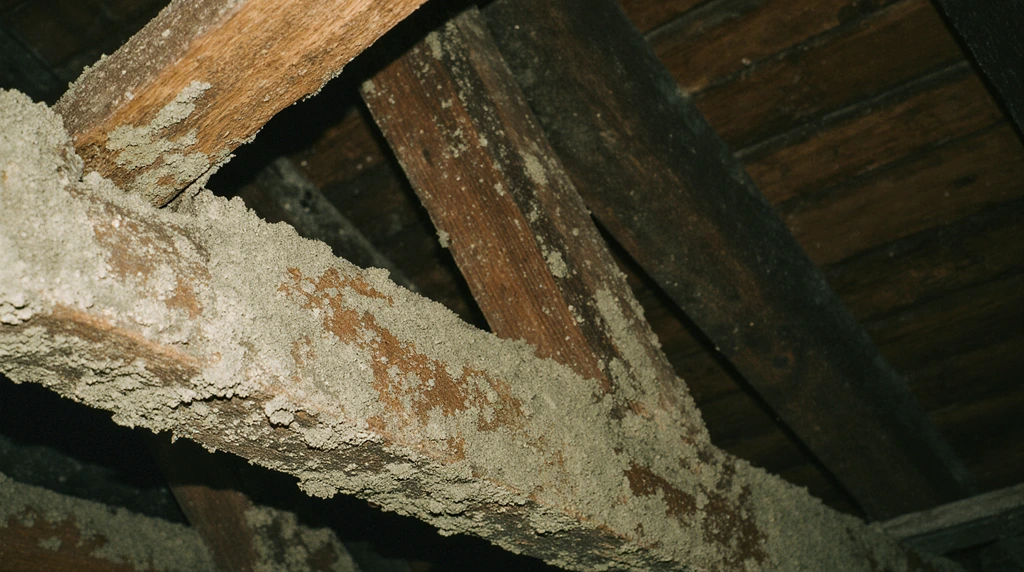A Beginner’s Guide to Roof Vents and Ventilation
A new roof is a significant investment, but without proper ventilation, that investment can be at risk. Especially in a damp climate like Manchester’s, adequate airflow in your roof space is crucial for the health of your home. This guide explains what roof ventilation is, why it’s so important, and how to tell if your home has what it needs.
What is Roof Ventilation?
Roof ventilation is the system of vents and air channels that allows for the continuous flow of air through the space between your roof and the ceiling of your home (often referred to as the loft or attic). This process is vital for regulating temperature and moisture levels, ensuring a healthy and long-lasting roof. It works on a simple principle: cooler air enters low on the roof, circulates, and pushes warmer, moist air out through vents placed higher up.
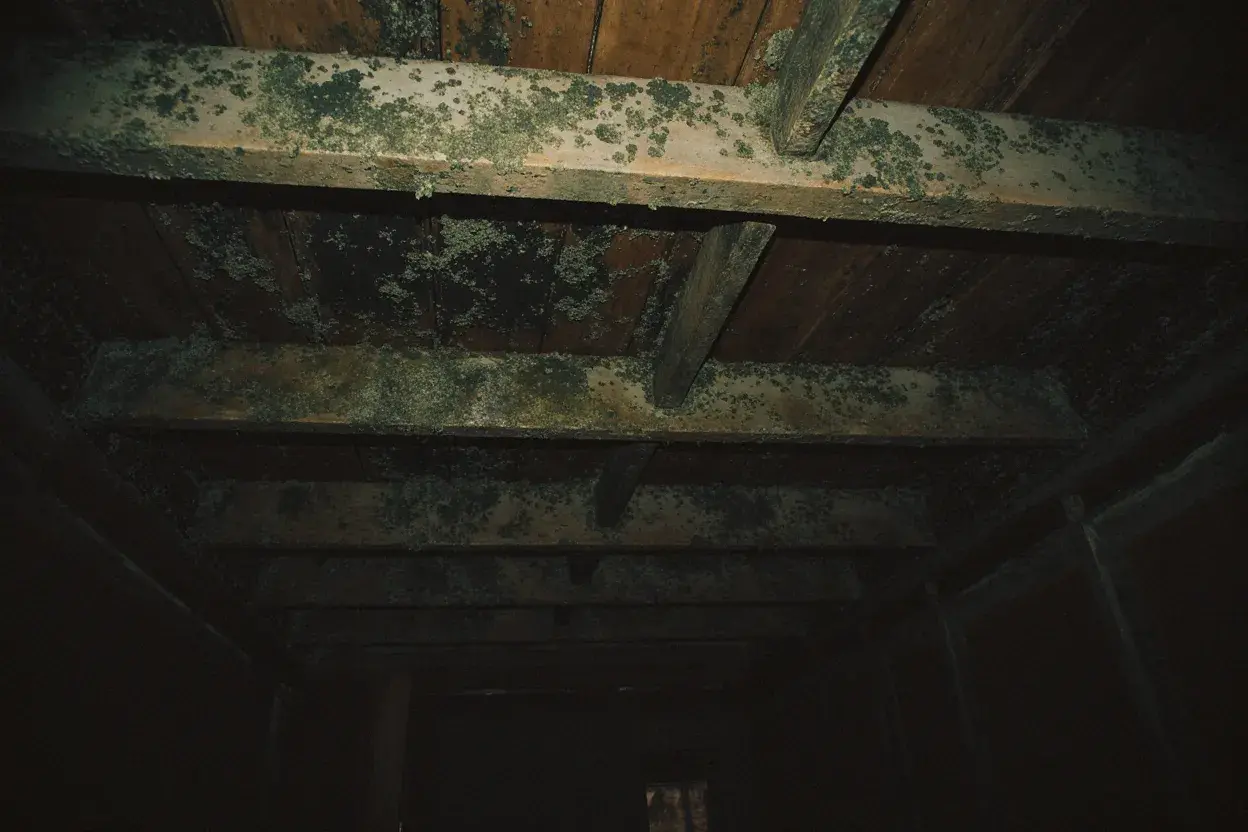
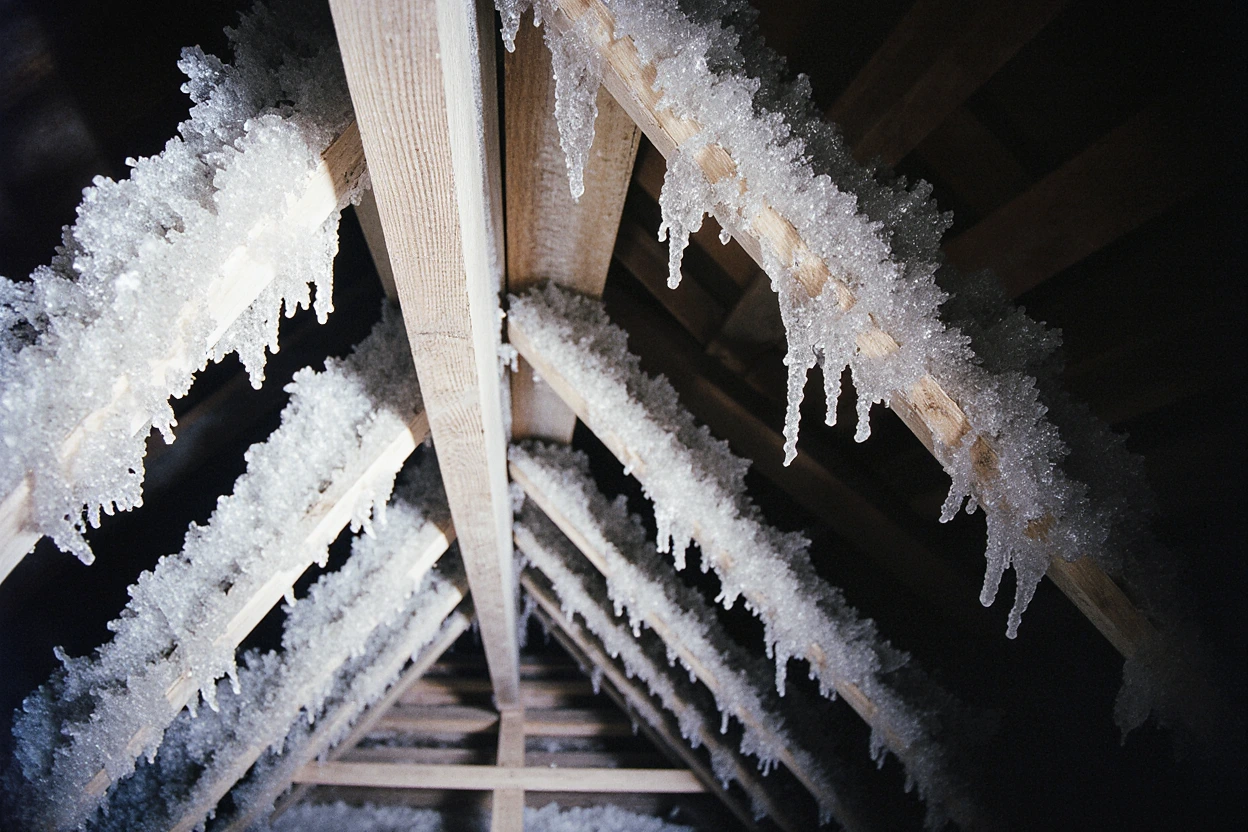
Why Is It So Important for Manchester Homes?
In a city like Manchester, where humidity and rainfall are common, poor ventilation can lead to a host of expensive problems:
-
Condensation and Mould: Warm, moist air from your home rises into the unventilated roof space. When this air hits the cold underside of the roof deck, it condenses into water. This moisture is the perfect breeding ground for mould and mildew, which can damage rafters, insulation, and even cause health issues.
-
Premature Roof Ageing: Constant moisture and heat trapped in the loft can cause roof timbers to rot and weaken. This can also lead to the curling and cracking of roofing materials, significantly shortening your roof’s lifespan and requiring an expensive replacement much sooner than necessary.
-
Ice Dams: Although less common in Manchester than in colder climates, in freezing conditions, poor ventilation can contribute to ice dams. Trapped heat melts snow on the roof, which then refreezes at the eaves, creating a dam that causes water to back up under the tiles.
-
Energy Inefficiency: A hot loft in the summer can radiate heat back into your home, forcing your air conditioning (if you have it) to work harder. In winter, an improperly ventilated loft can cause heat loss, making your heating system less efficient.
Types of Roof Vents
There are several types of vents, each designed for a specific purpose and roof style. A well-ventilated roof typically uses a combination of intake and exhaust vents to create a consistent airflow.
-
Soffit Vents (Intake): These are vents located under the eaves of your roof. They are designed to draw cooler, fresh air into the loft space.
-
Gable Vents: These are installed on the vertical walls at the end of a roof (the gable ends). They allow for cross-ventilation in the loft.
-
Ridge Vents (Exhaust): Installed at the peak of the roof, a ridge vent allows warm, moist air to escape naturally. These are often preferred for their low-profile, clean look.
-
Roof Vents (Exhaust): These are individual vents installed directly on the roof’s surface. They can be placed strategically to ensure proper airflow where soffit or ridge vents aren’t feasible.
How to Check if Your Home Has Adequate Ventilation
It’s not always obvious, but you can do a quick check to get an idea of your roof’s ventilation.
-
Go into the Loft: On a warm or cold day, go into your loft. Does it feel extremely hot, stuffy, or humid? This is a strong sign of poor ventilation. You may also be able to feel a draft if the ventilation is good.
-
Look for Frost or Moisture: In winter, check the underside of your roof deck and rafters for signs of frost. In warmer months, look for wet spots, water stains, or mould.
-
Check for Soffit and Ridge Vents: From the outside, you can visually inspect your roof. Do you see a continuous vent running along the ridge? Do you see small, perforated openings under the eaves? If you don’t see any of these, your roof may be inadequately ventilated.
-
Ask a Professional: The best way to know for sure is to have a professional roofer conduct a full inspection. They can assess your roof’s specific needs and recommend the most effective ventilation system.
Conclusion
At Lords Roofing, we’re not just about fixing leaks; we’re about ensuring your roof performs its best for years to come. If you have concerns about your roof’s ventilation or have noticed any of the warning signs above, contact our team of Manchester roofing experts for a free consultation.
